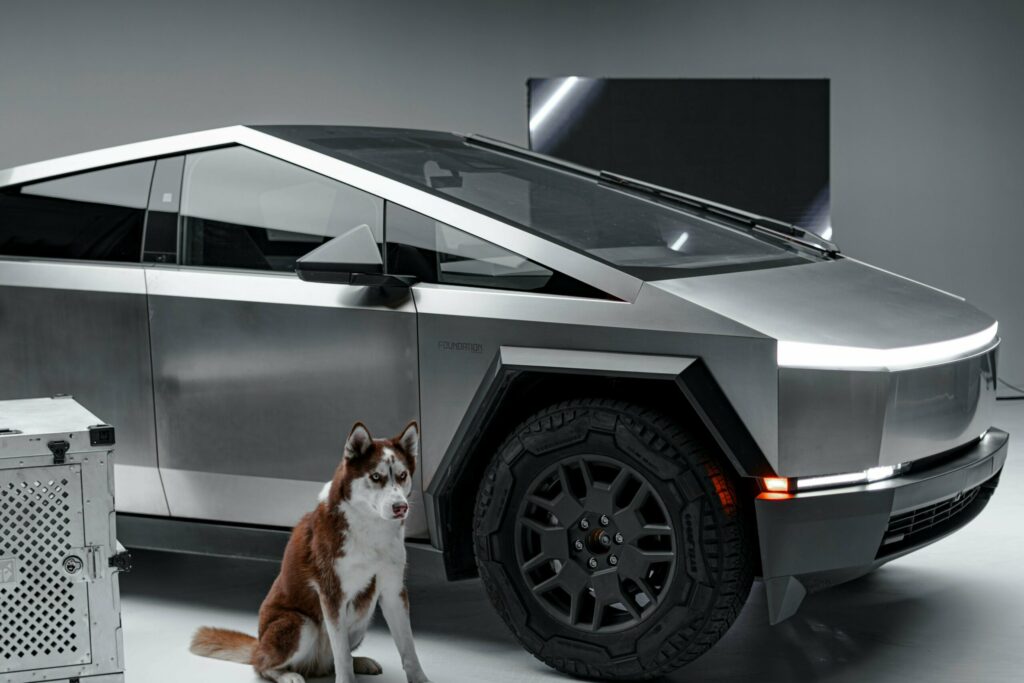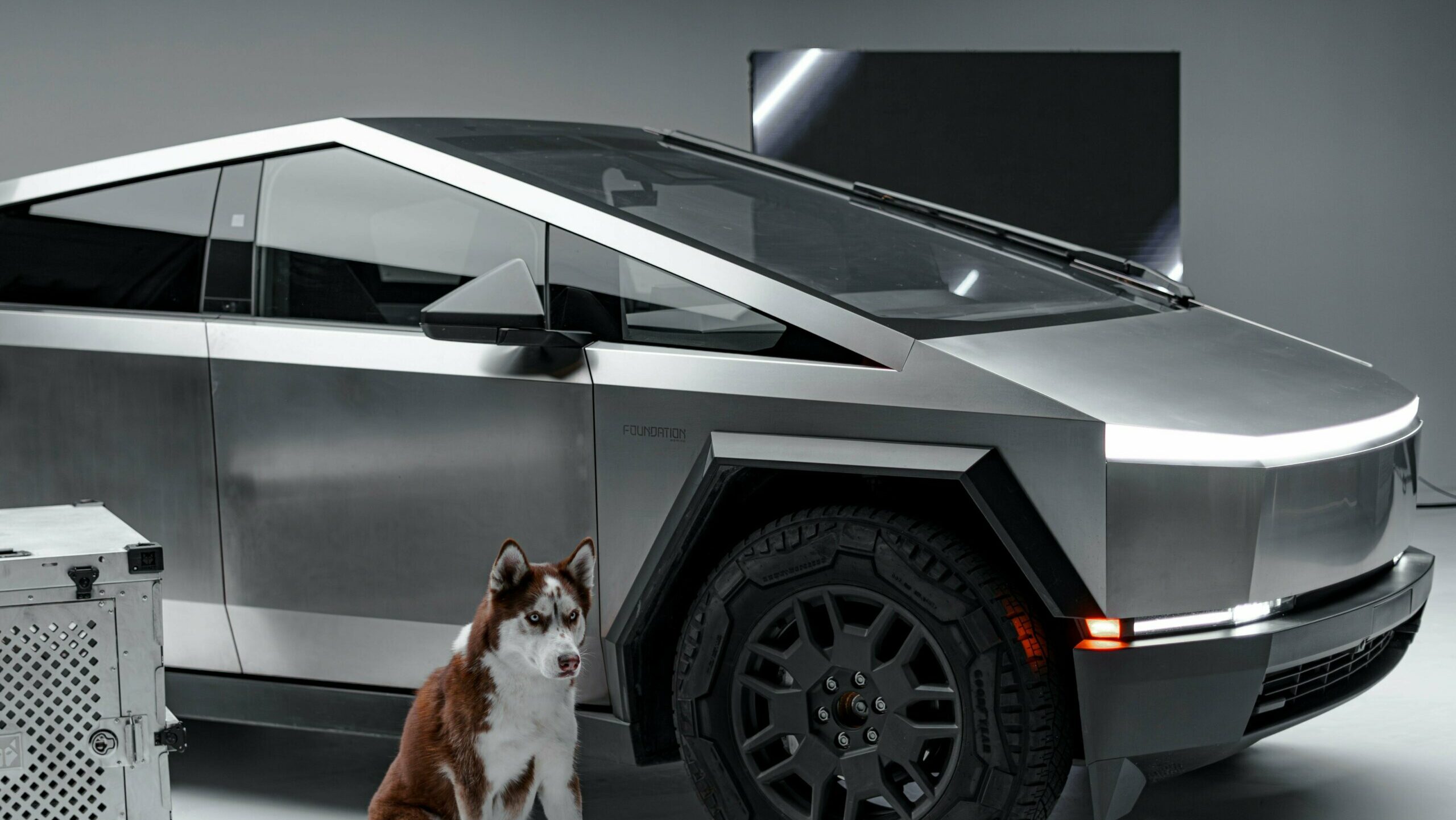In the always-changing landscape of pickup trucks, 2025 marks a turning point for experts and aficionados. With its avant-garde architecture and electric capability, the Tesla Cybertruck sharply contrasts conventional pickup trucks that have long dominated American roadways. Many vital elements come into play as consumers consider changing their allegiance.

1. Value Argument and Pricing
When Tesla debuted the Cybertruck in 2019, its starting price was $39,900. But by 2025, the cheapest model will begin at about $100,000. Due to this significant price increase, many potential purchasers are re-evaluating their choices. On the other hand, traditional pickups like the Ford F-150 Lightning have more readily available pricing, starting at about $60,000 and with a range of roughly 240 miles. Likewise, the Rivian R1T starts at about $70,000 and has a 270-mile range; higher-end models run 420 miles. These substitutes offer competitive characteristics free of the Cybertruck’s premium price tag.
2. Competency and Performance
With the All-wheel drive option producing 600 horsepower and an expected range of up to 340 miles, the Cybertruck features outstanding specs. With 845 horsepower and a 301-mile range, the high-performance “Cyberbeast” variety Each model has an 11,000-pound towing capacity. Not far behind are conventional pickups; the extended-range battery of the Ford F-150 Lightning has 580 horsepower, a 320-mile range, and 10,000 pounds of towing capacity. Although the Cybertruck margins out somewhat in raw power, conventional pickups provide similar performance with known dependability.
3. Design and pragmatic considerations
The futuristic, stainless steel outside of the Cybertruck deviates from traditional truck looks. Its original design has drawn praise as well as criticism. While some people find it controversial, others love its intense look. Classic styles that have endured over time appeal to a broad audience and help traditional pickups stand out. Furthermore, the angular form of the cybertruck could cause problems in everyday parking places and urban environments. Traditionally, on the other hand, pickups are made with utility and adaptability in mind.
4. Reliance and Maintenance
Since its introduction, Tesla’s Cybertruck has undergone several recalls covering construction quality issues and propulsion loss. The Cybertruck’s reputation for dependability suffered as of late 2024 after six recalls. By contrast, conventional pickup companies like Ford and Chevrolet have decades of expertise, which has produced polished manufacturing techniques and established maintenance systems. This past usually translates into more peace of mind for owners worried about long-term dependability and serviceability.
5. Re-sale Value and Viewpoint of Market
The initial buzz around the Cybertruck resulted in high resale values; some secondhand vehicles were priced at $175,000 in early 2024. But by October 2024, average selling prices had decreased to about $110,864, suggesting an erratic market impression. Conversely, conventional pickups provide owners with more consistent resale prices since their track record of stable depreciation rates is known. The well-known brands Ford and Chevrolet help sustain demand in the used truck industry through their reputation.
Last Thought
In 2025, choosing between the Tesla Cybertruck and a conventional pickup truck will depend on cost, performance, design, dependability, and resale value. Although the Cybertruck presents modern technology and a unique appearance, its higher price point and recent dependability issues could turn off some potential purchasers.
At a more reasonable price, traditional pickups strike a mix between performance, utility, and dependability. The decision ultimately rests on personal priorities and if the attraction of novelty exceeds the advantages of known dependability.
